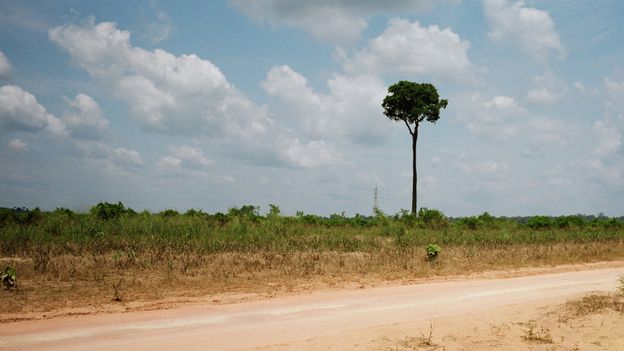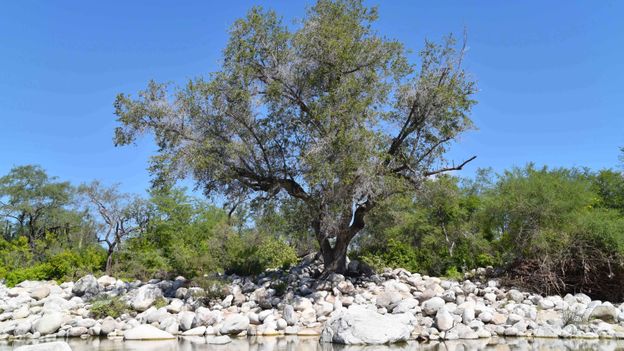Research by Forests and Finance found that policies of the world’s 50 largest banks and investors are still falling far short on their policies against deforestation.
“Blackrock, the world’s largest asset manager, provides a huge amount of capital to the companies that are driving deforestation and undermining Indigenous rights, to the tune of $2bn [£1.4bn],” Moira Birss, climate and finance director of Amazon Watch said in June, when Forests and Finance’s research was released. “That’s an increase of 157% compared to April of [2020], during a time when Earth defenders’ lives are increasingly under attack and deforestation continues to skyrocket.”
Ultimately, when it comes to both equity and debt, investors need to provide “clear standards, clear timelines and clear consequences” for investee companies, Birss concluded. “When companies are demonstrating that they’re intransigent… there needs to be a willingness and an action to halt financing.”
A BlackRock spokesperson says: “BlackRock’s investment stewardship team has long engaged with companies on sustainability risks, including deforestation risk, because we consider unsustainable forestry and land use to present risks to companies that affect their ability to generate long-term shareholder value. We expect companies that depend on natural capital to have processes in place to identify, manage and mitigate risks and to disclose those risks to investors.”
Financial firepower
So, how can individual investors play their part? “Choose where to invest your money,” says Green Century’s Jessye Waxman. “Investors can pick firms that offer deforestation-free funds or that have made it a priority to push companies with exposure to deforestation to change their sourcing practices. There are tools, such as Deforestation Free Funds [run by Friends of the Earth and As You Sow], that help investors identify which funds meet those criteria.”
She also suggests engaging with those who oversee your investments. “Individuals with 401(k)s or pension funds can engage their custodians on how their proxies are being voted, whether they are divested from companies that are driving deforestation, whether the custodian is engaging with portfolio companies on their behalf. Individual investors can also ask their custodians how they are managing exposure to forest-related risks.”
So when it comes to deforestation, can finance really make a difference? If we look at its role in bringing about change in other spheres, then the answer is absolutely “yes”.
For example, activist investor Engine No. 1, which believes that ExxonMobil should take climate change more seriously and should ramp up renewable energy development, won enough votes at the annual shareholder meeting in May to install three new members onto the energy giant’s board, winning the support of major shareholders such as BlackRock and Vanguard. Though in terms of how much this will change ExxonMobil’s direction, it is too early to tell.
And where engagement fails, divestment has a powerful track record. In 1986, student protests led to the University of California’s regents voting to divest $3.1bn (worth £2.1bn at the time) in companies with South African investments in protest against apartheid, South Africa’s system of racial oppression. More than 150 other American campuses also divested.
The movement inspired the campaigning organisation 350.org’s efforts to urge divestment from fossil fuels. So far, the non-profit’s tracker indicates that the value of committed divestment from fossil fuels by more than 1,300 institutions stands at around $14.58 trillion (£10.5tn). This includes the City of New York, which announced a $4bn (£2.9bn) divestment from fossil fuels in January, and the Republic of Ireland, which, in 2018, became the first country in the world to pass a law committing the country to divest public funds from fossil fuels.
These powerful precedents suggest that, if there is a concerted effort by investors, companies will be forced to take deforestation seriously.
—
The emissions from travel it took to report this story were 0kg CO2. The digital emissions from this story are an estimated 1.2g to 3.6g CO2 per page view. Find out more about how we calculated this figure here.
—
Join one million Future fans by liking us on Facebook, or follow us on Twitter or Instagram.
If you liked this story, sign up for the weekly bbc.com features newsletter, called “The Essential List”. A handpicked selection of stories from BBC Future, Culture, Worklife, and Travel, delivered to your inbox every Friday.












